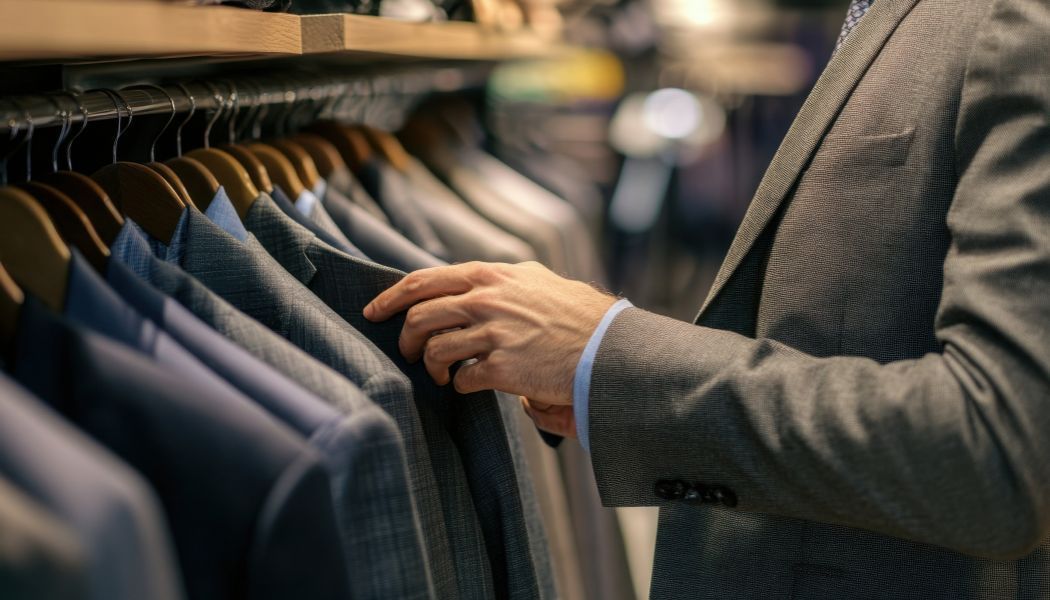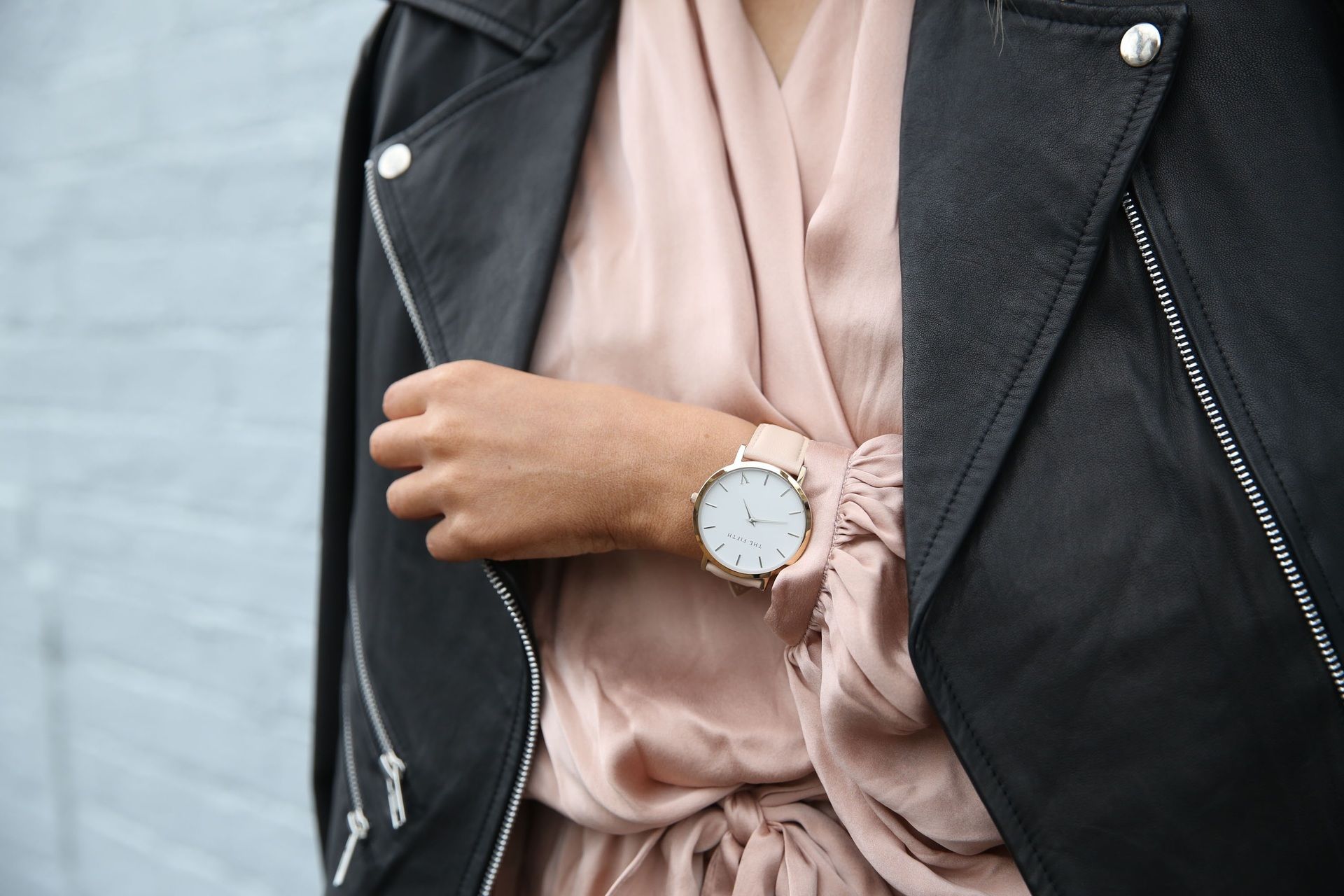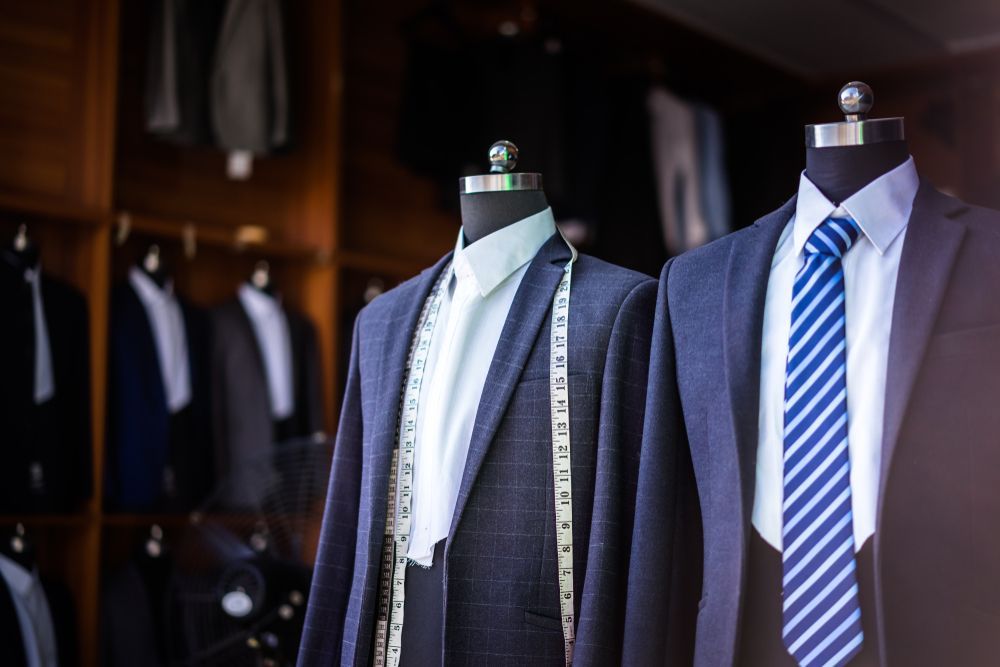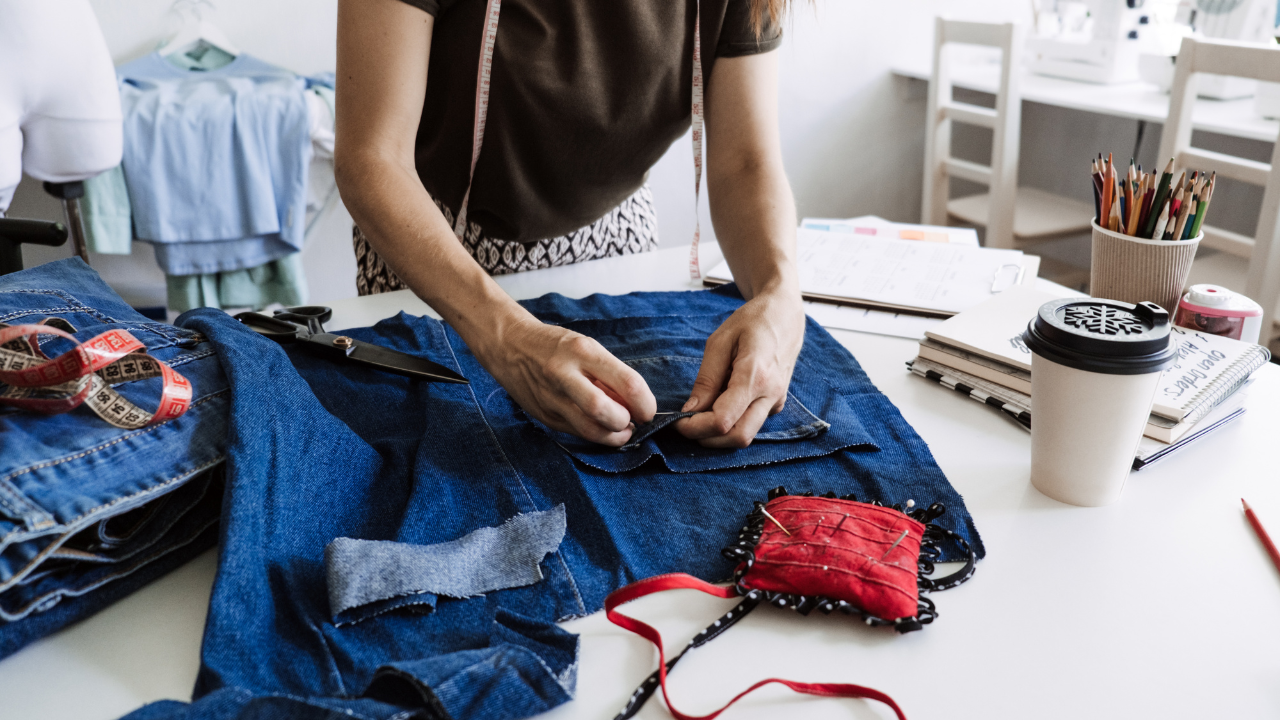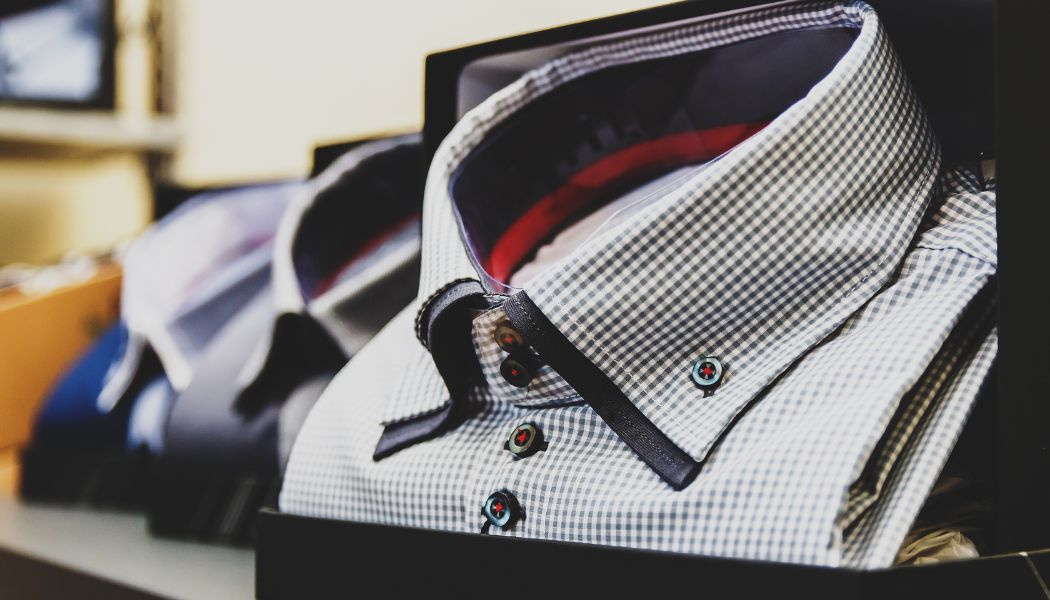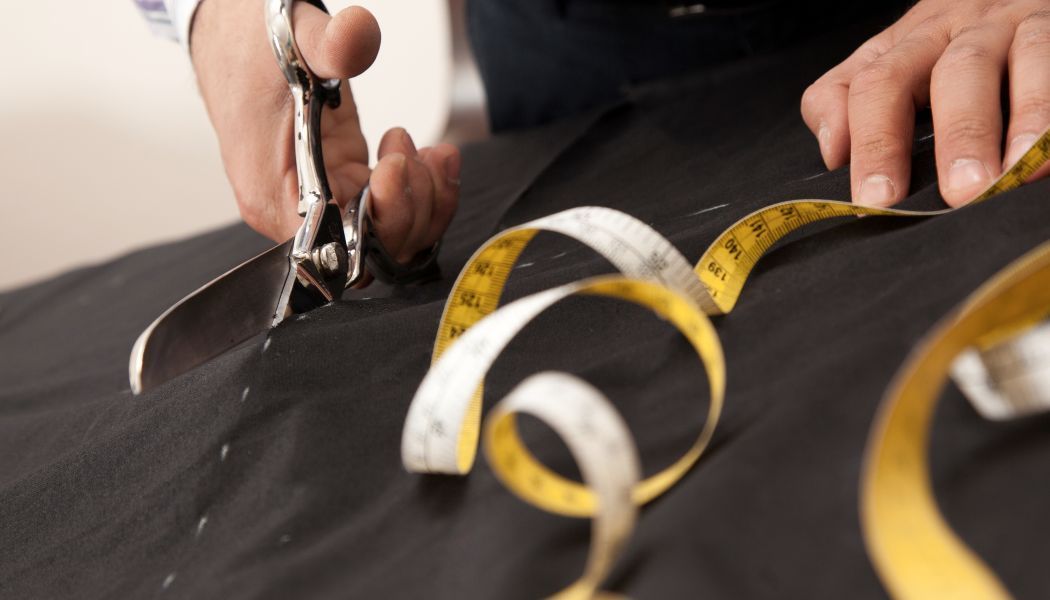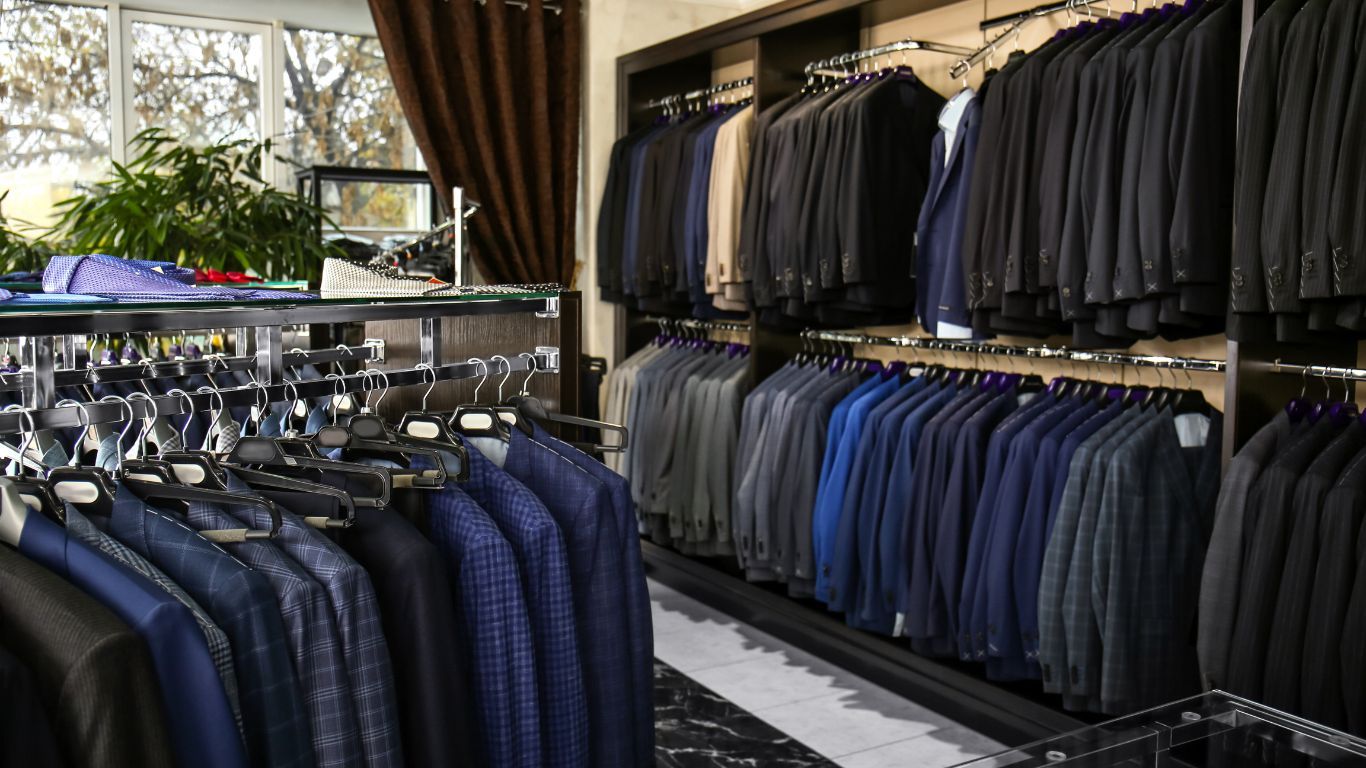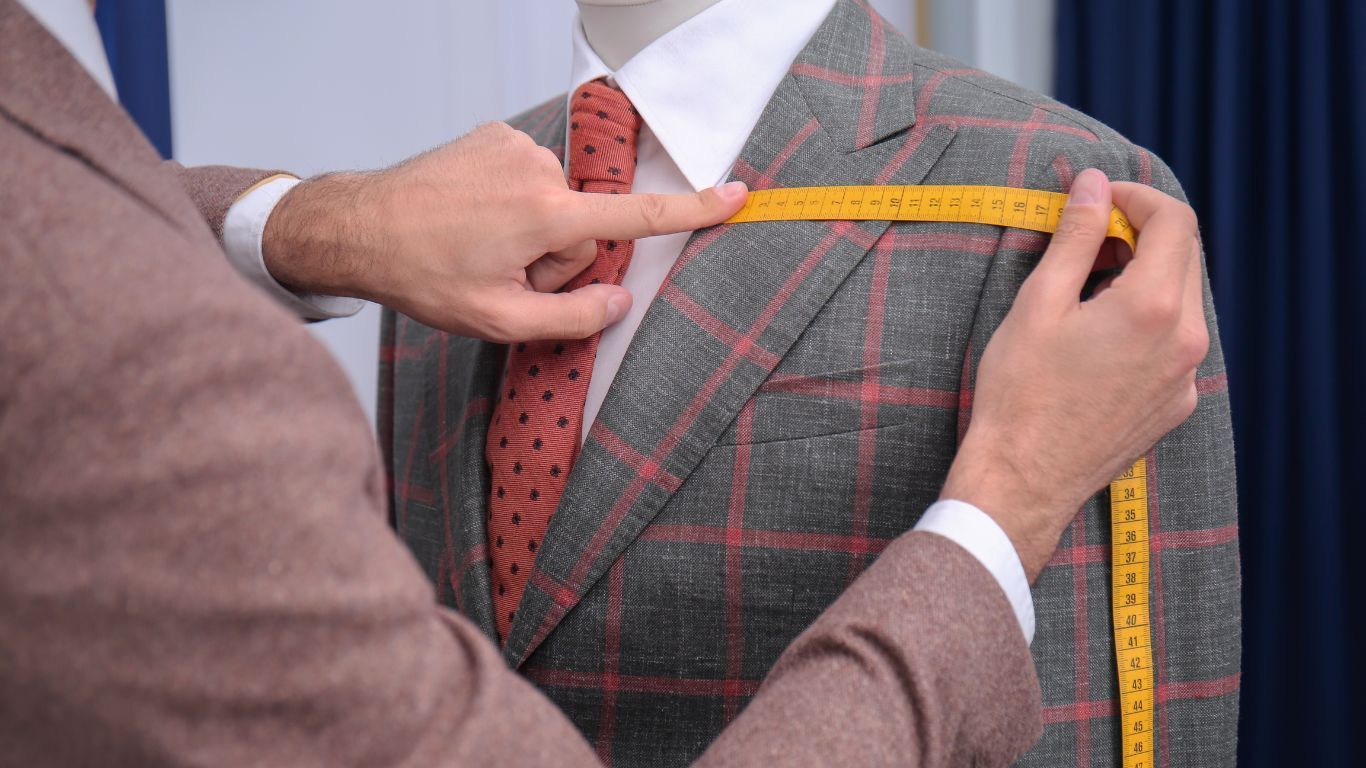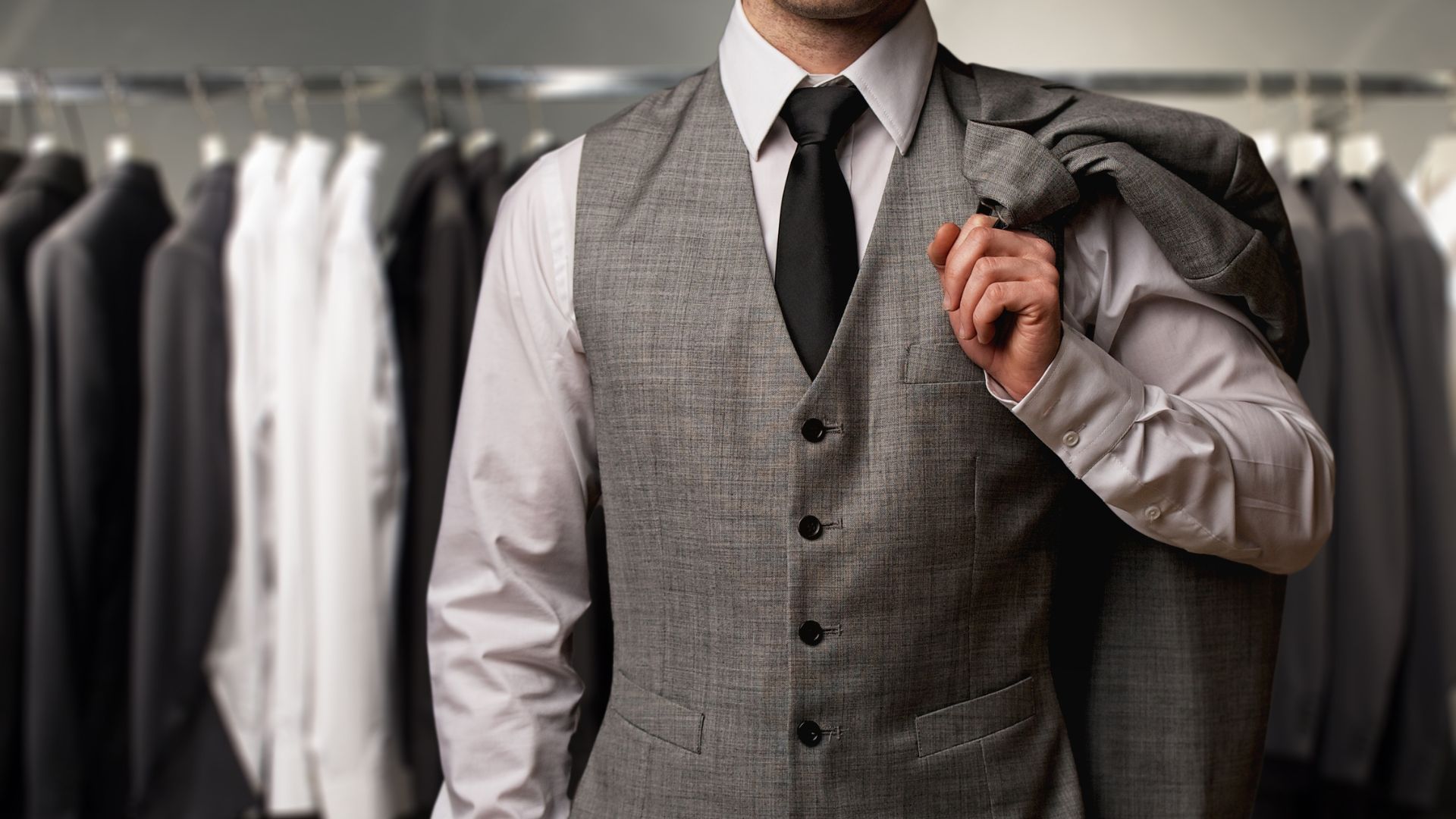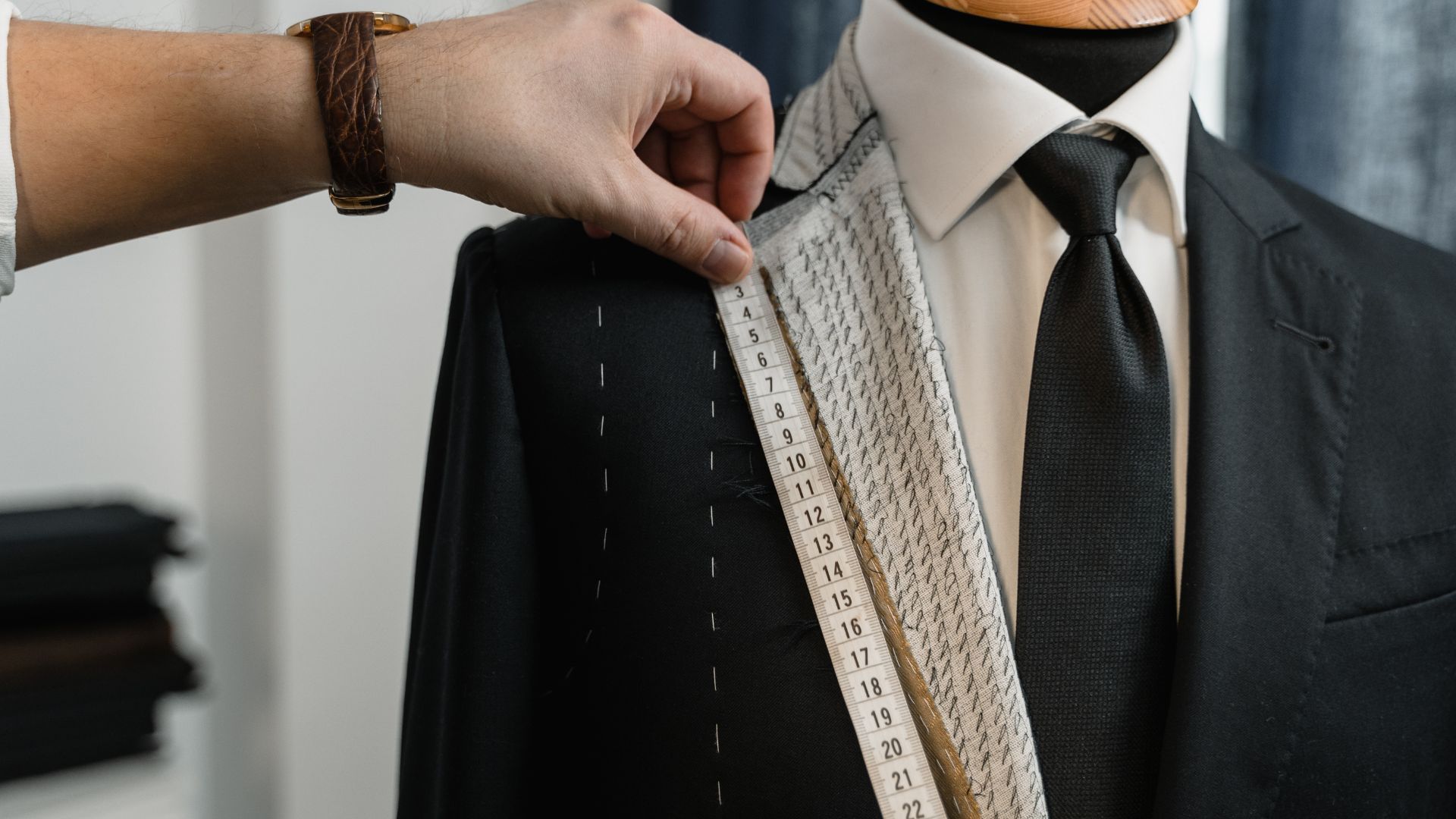The Superiority of European Fabrics
The Superiority of European Fabrics
When it comes to fabrics that embody the pinnacle of luxury and quality, European textiles stand head and shoulders above the rest. At the heart of this superiority lies a fascinating tale that begins with the careful selection of raw materials.
At Pascalis Bespoke Tailoring we use only the finest European fabrics from Italy and England, making sure every garment is crafted with top-notch materials for that touch of sartorial excellence.
Utilising Australian Merino Wool
European fabrics boast a unique distinction, with a staggering 90% of them utilising Australian Merino Wool. Why this particular wool, you might wonder? The answer lies in its exceptional quality. The emphasis is not just on any wool but the finer grades, ranging from super 16 to 20 microns. The micron count, which measures the diameter of the wool fibres, is a crucial determinant of fabric quality. The finer the wool, the higher the grade, and when this is packed into one square inch of fabric, the magic begins.When it comes to fabrics that embody the pinnacle of luxury and quality, European textiles stand head and shoulders above the rest. At the heart of this superiority lies a fascinating tale that begins with the careful selection of raw materials.
Imagine a fabric with 20 microns, meticulously woven with 130 threads per square inch. The result is a fabric of unparalleled finesse and density. The finer the wool, the greater the micron count, and consequently, the fabric becomes lighter and softer. It's not merely about appearances; it's about the tactile experience of donning a garment that feels soft against the skin.
The Super Washing Technique
To elevate the quality even further, European mills employ a process known as super washing. This technique removes the shrinkage from the fabric, ensuring that it retains its original dimensions. The significance of this cannot be overstated—no bubbling or collapsing. This meticulous approach to processing ensures the longevity of the fabric. A garment crafted from European fabrics is not just a fleeting fashion statement; it's an investment in enduring style and comfort.
Durability
The durability of European fabrics is a testament to the centuries-old expertise of European mills. These mills have been in operation for over 250 years, weathering the storms of changing fashion trends and economic landscapes. The best suit makers in the world swear by European fabrics not just for their aesthetic appeal but for their dependability, strength, and unparalleled quality.
The fabric's ability to retain its shape is a hallmark of European excellence. In the world of fashion, where trends come and go, a garment's ability to withstand the test of time is of paramount importance. European fabrics, with their robust construction and meticulous craftsmanship, emerge as the frontrunners in this regard. The fabric adapts to the contours of the wearer's body without losing its shape, ensuring that the garment remains a timeless classic.
Visit Pascalis Bespoke Tailoring
At Pascalis Bespoke Tailoring, we take pride in our commitment to crafting exceptional bespoke and made-to-measure suits using only the finest European fabrics sourced from renowned mills in Italy and England.
Our dedication to quality ensures that each garment is a testament to sartorial excellence, tailored to perfection. Elevate your style with the luxurious touch of European fabrics that not only look exquisite but also stand the test of time. Experience the difference of a suit designed uniquely for you.
Book an appointment with us today and step into the world of Pascalis Bespoke Tailoring, where sophistication meets craftsmanship. Your impeccable style journey begins here.
